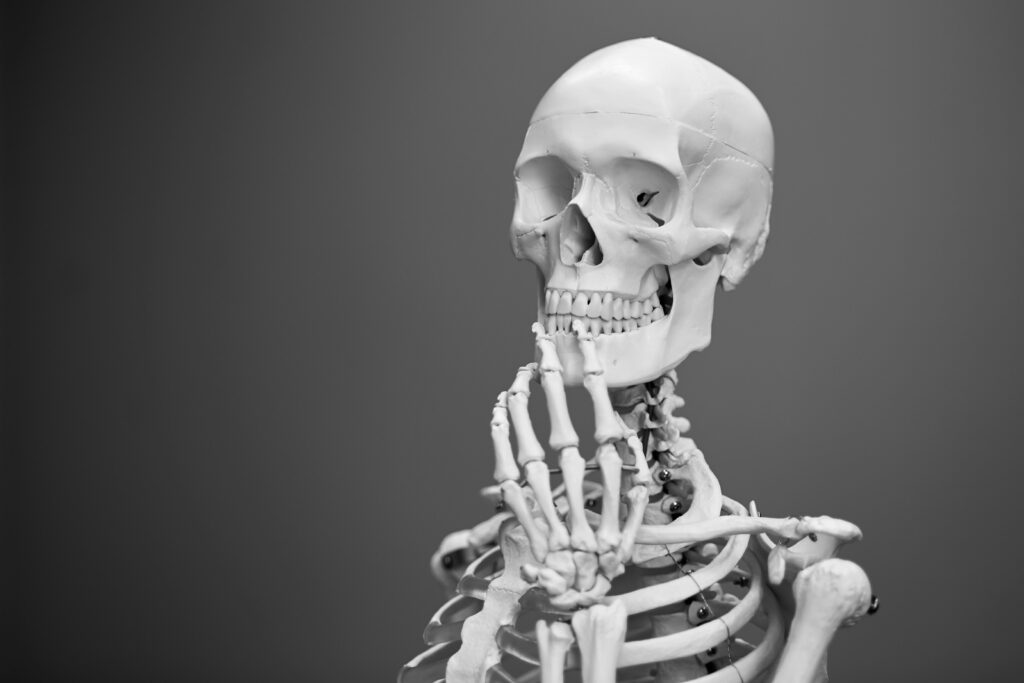Osteoporosis is a very common disease. In fact, the College of Medicine, University of Ibadan states that over 1.5 million Nigerians suffer from osteoporosis. But not many people know about this disease. So, what is osteoporosis?
Osteoporosis is a disease of the bones that causes them to become very brittle and weak. It is due to reduced bone mineral density. These minerals include calcium and phosphate. In osteoporosis the bones are liable to break very easily. In many elderly people who have fractures, osteoporosis is a major contributor.

By Mathew Schwartz from Unsplash
Causes of osteoporosis
In most people there’s no absolute cause but a collection of risk factors predispose people to get osteoporosis. Some of these risk factors include:
- Sex: Females are generally more likely to get osteoporosis than males.
- Age: The elderly are at much higher risk of getting osteoporosis because bone mineral density naturally reduces as we age. Furthermore, in females they usually enter menopause in their older years and the lower oestrogen levels in menopause may predispose them to osteoporosis
- Race: Blacks are at a lower risk than white, Hispanic and Asian women
- Genetics: A family history of osteoporosis is a risk factor for you getting it yourself
- Lifestyle: Smoking and alcohol predispose you to both developing osteoporosis and getting fractures even in absence of osteoporosis
- Physical activity: Physical activity builds bone mass. Failure to exercise or to be physically active means you’ll have less bone mass. These will more quickly be lost as you age, pushing you near osteoporosis
- Body build: People with a slender build are at more risk than those with a bigger frame because the slender ones have less bone to lose
- Hormonal conditions: States of reduced oestrogen and testosterone such as in menopause and in highly athletic women may induce osteoporosis
- Poor diet: Malnutrition, bulimia, and low vitamin D intake cause weak bones and increase risk of osteoporosis later in life
- Drugs: Steroids and hormonal medications for breast cancer and prostate cancer have osteoporosis as a recognized side effect
Symptoms
Like hypertension, osteoporosis is a silent disease. So, the reduced mineral bone density does not usually cause symptoms. But when complications occur, there may be symptoms, like:
- Fractures: often of the wrist, spine and hip
- Pain: usually following a fracture
- Reduced height
- Stooped posture
Prevention
- Exercise: even if you’re elderly, continue light but regular exercise like walking
- Diet: eat foods rich in calcium, protein and vitamin D
- Lifestyle: avoid smoking and control alcohol intake
- Discuss any long-term medications with your doctor
You’ve learned how to protect your bones. Now read how to protect your heart using diet.









